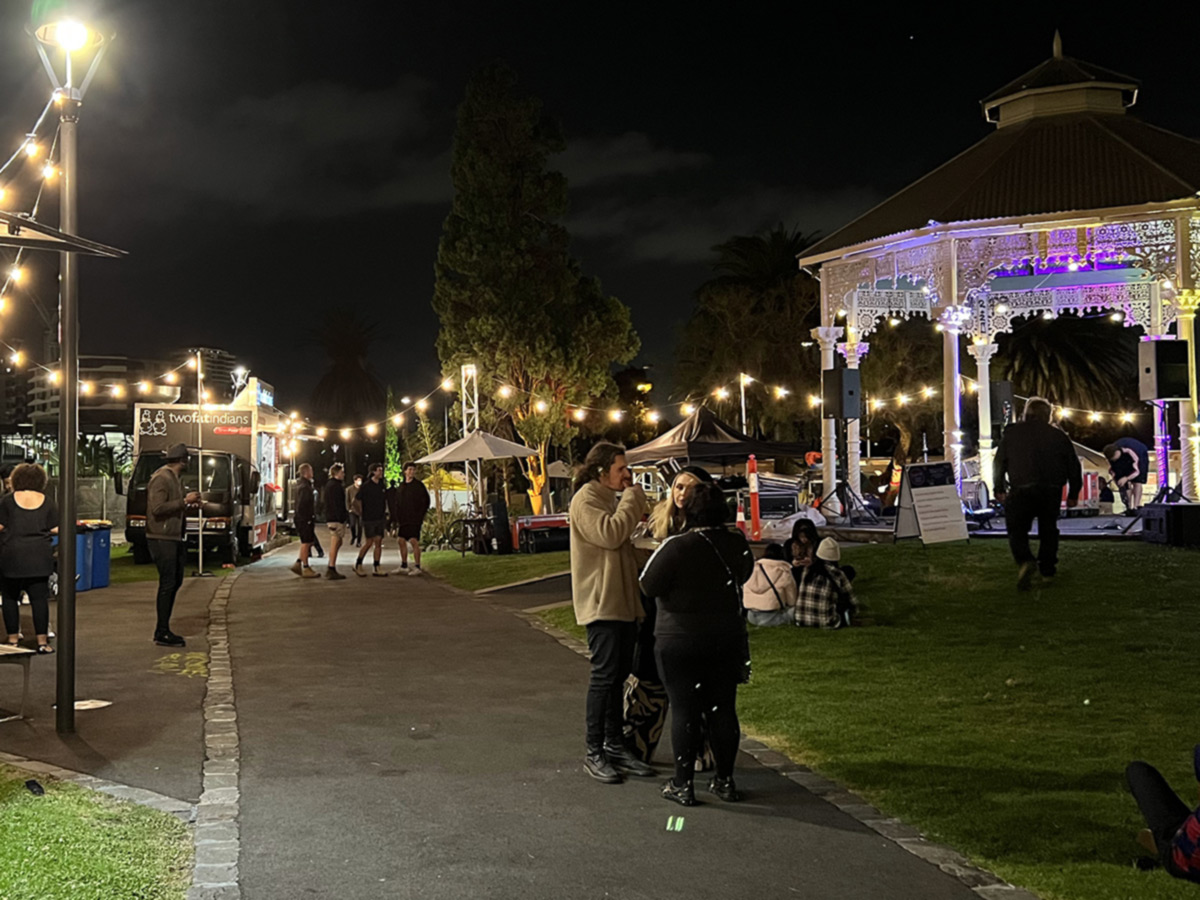We use cookies to make your experience better. To comply with the new e-Privacy directive, we need to ask for your consent to set the cookies. Learn more.
How Audio Visual Technology Inspires Art and Culture Events

Technology has totally changed how we interface, convey, and see the world.Blending audio-visual technology with artistic endeavors and cultural events is one striking part of this technological advancement. These two universes have met up to make another age of immersive experiences that connect audiences, oppose shows, and push the boundaries of innovativeness. In this blog, we'll look at how audio-visual technology has influenced and transformed art and cultural events, resulting in a seamless synergy that appeals to viewers worldwide.
Creating Immersive Environments
An era of unparalleled cultural immersion has arrived thanks to audio-visual technology.Events increasingly include dynamic graphics and music components that immerse spectators in alternative universes, moving beyond static displays. For example, projection mapping has allowed artists to turn immobile materials, such as structures or sculptures, into dynamic canvases that come to life with intricate motions and captivating graphics. These sensory-rich, interactive settings stimulate the senses and let visitors actively participate in the creative story, strengthening the bond between the artist and the audience.
Expanding Creative Horizons
Through audio-visual technology, creators and artists have discovered fresh ways to express themselves and push the limits of their trade. They can beat the requirements of actual space and regular media by utilizing apparatuses like virtual reality (VR) and augmented reality (AR), rejuvenating their most prominent fantasies to life. Today, a painter can produce a three-dimensional work of art that spectators can view from every aspect, obfuscating the distinction between the audience and the artwork. This broadening of the creative horizons fosters innovation and facilitates the interaction of artists and technologists, giving rise to brand-new and mind-blowing ideas.

Enhancing Cultural Narratives
Heritage preservation and celebration are common goals of cultural events, and audio-visual technology has emerged as a powerful tool for improving cultural narratives. Modern technology can recreate traditional tales and folklore, giving them a fresh perspective. The rich fabric of other cultures can be experienced by audiences in previously unthinkable ways through interactive exhibits or multimedia performances. To guarantee that cultural legacy is relevant and exciting for people in the future, tradition and innovation can cooperate to encourage a more profound understanding of and appreciation for it.
Engaging Multisensory Experiences
The days of merely observing events related to art and culture are long gone. Audio-visual technology has enabled multisensory experiences that include sight, music, touch, and even emotion. For instance, soundscapes can complement visual elements and elicit specific emotions or moods in the audience.
Global Accessibility and Outreach
The possibility for worldwide accessibility and outreach is one of the most significant benefits of incorporating audio-visual technology with events celebrating art and culture. Thanks to live streaming, virtual exhibitions, and online galleries, global citizens may enjoy activities they might otherwise miss. The democratization of art and culture supports intercultural exchange, upgrades cognizance, and breaks up geographical limits, eventually improving the social climate on a worldwide scale.
Conclusion
A new era of innovation, immersion, and engagement has begun due to the integration of audio-visual technology with artistic and cultural activities. Wwave is Melbourne's best AV technology service provider, providing the best-quality Audio Visual equipment for hire for arts and cultural events. So whether you're a maker or a consumer, prepare for a fantastic adventure into a world where creativity and imagination have no boundaries.
